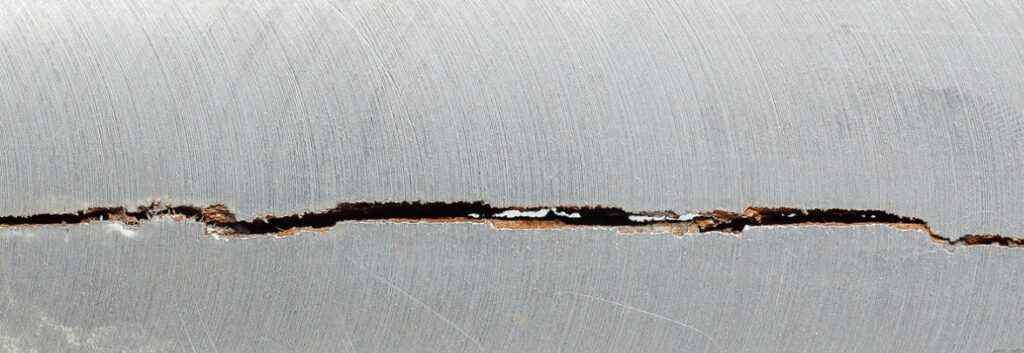
Europe’s commitment to reach carbon neutrality by 2050 is strongly pushing renewable energy sources and hydrogen has emerged as a versatile and environmentally friendly mean to store and transport clean energy. The large-scale usage of hydrogen has prompted new challenges in the core electrochemical technologies but also in ancillary disciplines that are involved in the life cycle of hydrogen. For instance, transport and storage systems for hydrogen often employ metallic pipes and tanks. Materials Science has studied for over one century the degradation of properties in these materials due to hydrogen embrittlement, and their effects in the failure of structural systems, but the full picture is still incomplete. The safe operation of hydrogen-based systems absolutely demands a better understanding of the mechanisms of hydrogen diffusion in metals, its trapping close to lattice defects and the overall effects in the strength, ductility and toughness of these materials.
At IMDEA Materials we are interested in developing accurate diffusion models for hydrogen that are strongly coupled with inelastic material models, capable of predicting safety margins of operation for existing and new transportation and storage systems. Associated with these models, we develop numerical schemes that can simulate stress-diffusion processes, coupled with heat transfer, at several scales. At the microscale, we are interested in mesodynamical models that can study atomistic systems for periods of time that are currently intractable for molecular dynamics simulations. At the macroscale, we work on phase-field models in a nonlinear finite element setting that can simulate fracture processes strongly coupled with diffusion and temperature effects.

We aim to connect the microscale with the continuum scale, developing tools that can inform engineering decisions. In this context, acknowledging the complexity and data scatter of real systems, we connect material models and simulation tools of metal embrittlement with uncertainty quantification analyses that can supply statistical information to our simulations.
IMDEA Materials has also experimental facilities capable of measuring macro- and micro-scale mechanical properties of virgin and damaged materials, including X-ray tomography, electronic microscopes, etc. These facilities are used to feed material parameters into the micro and continuum models. Material models can be shared through open-source libraries for commercial and research codes.
